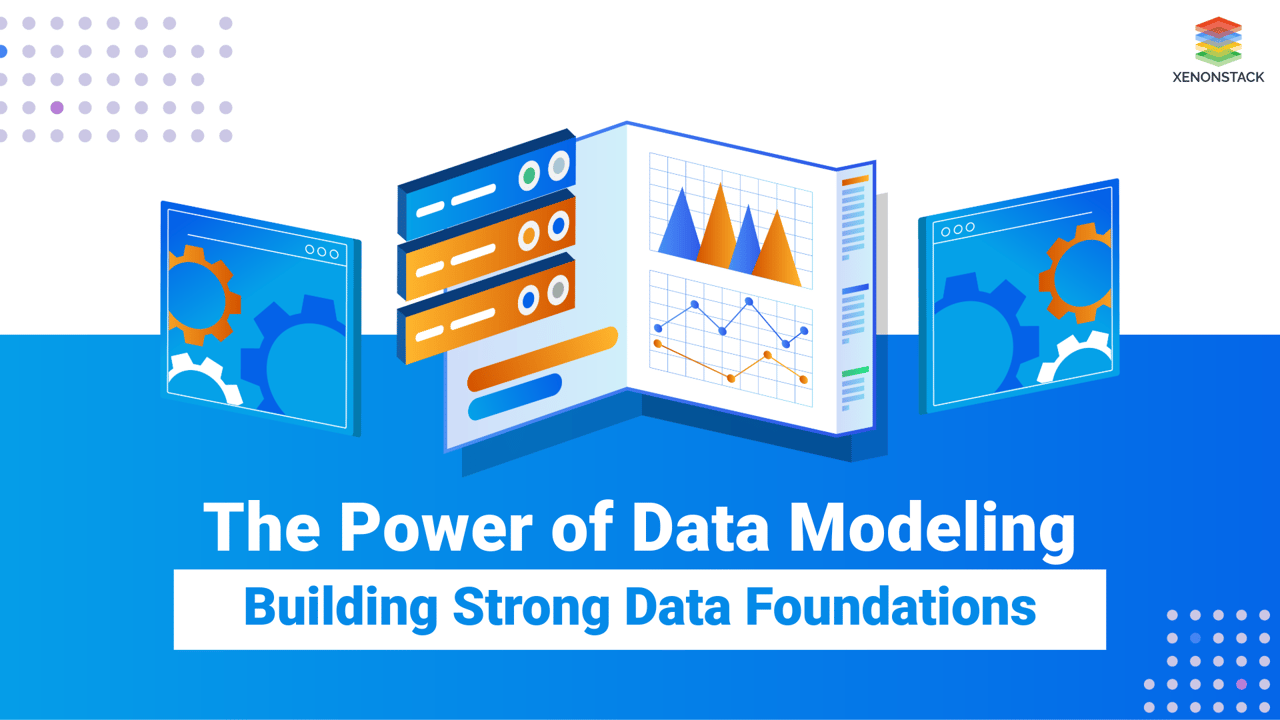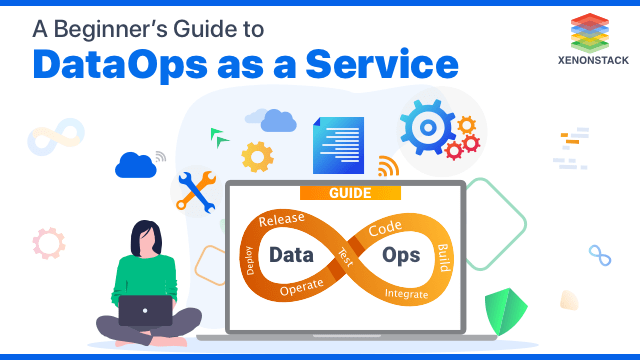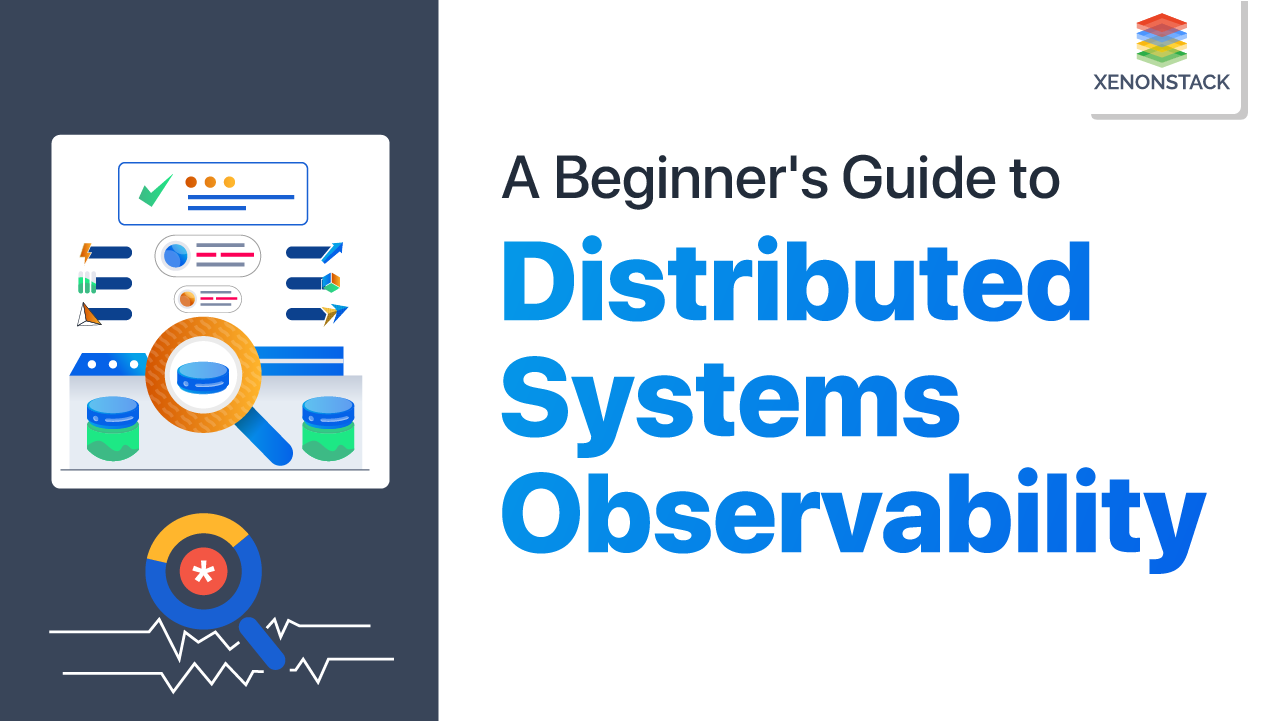
What is Data Modeling?
Data Modeling is analyzing data objects and their relationship to other objects. It is used to analyze the data requirements required for business processes. Data models are created for data storage in a database. The Data Model's main focus is on what data is needed and how to organize data rather than what operations we must perform.
A data Model is an architect's building plan. It is a process of documenting complex software system design as in a diagram that can be easily understood. The diagram will be created using text and symbols to represent how the data will flow. It is also the blueprint for constructing new software or re-engineering any application. Here are some data modelling best practices:
What is a Data Model?
A data model provides a transparent picture of data to help create a real database. It shows you from data design to correct data implementation.
There are three types of Data Models
Conceptual Model
The conceptual data model views the data required to help business processes. It also keeps track of business events and related performance measures. The conceptual model defines what the system contains. It focuses on finding the data used in a business rather than processing flow. The main purpose of this data model is to organize and define business rules and concepts. For example, it helps business people view market, customer, and purchase data.
Logical Model
In the logical data model, the map of rules and data structures includes the required data, such as tables, columns, etc. Data architects and Business Analysts create the Logical Model. We can use the logical model to transform it into a database. The Logical Model is always present in the root package object. This data model helps to form the base for the physical model. In this model, no secondary or primary key is defined.
Physical Data Model
A physical data model describes the implementation using a specific database system. It defines all the components and services required to build a database. It is created by using the database language and queries. The physical data model represents each table, column, and constraint like primary key, foreign key, NOT NULL, etc. The main work of the physical data model is to create a database. This model is created by the Database Administrator (DBA) and developers. This type of Data Modelling gives us the abstraction of the databases and helps to create the schema. This model describes the particular implementation of the data model. The physical data model helps us to have database column keys, constraints, and RDBMS features.
Data Modeling types
1. Hierarchical Model
The hierarchical model is a tree-like structure. There is one root node or parent node, and the other child nodes are sorted in a particular order. But, the hierarchical model is very rarely used now. This model can be used for real-world model relationships.
2. Object-oriented Model
The object-oriented approach creates objects containing stored values. The object-oriented model communicates while supporting data abstraction, inheritance, and encapsulation.
3. Network Model
The network model provides a flexible way of representing objects and relationships between these entities. It has a feature known as a schema representing the data as a graph. An object is represented inside a node, and the relation between them is an edge, enabling them to maintain multiple parent and child records in a generalized manner.
4. Entity-relationship Model
ER model (Entity-relationship model) is a high-level relational model used to define data elements and relationships for the entities in a system. This conceptual design provides a better view of the data that helps us easily understand. This model represents the entire database in an entity-relationship diagram consisting of Entities, Attributes, and Relationships.
5. Relational Model
Relational is used to describe the different relationships between the entities. There are different relations between the entities, such as one-to-one and one-to-many.
A database that uses graph architecture for semantic inquiry with nodes, edges, and properties to represent and store data. Click to explore about our, Role of Graph Databases in Big Data Analytics
What are the 6 Steps of Data Modeling?
Data modelling is the process of creating conceptual representations of data objects and their relationships with each other. The data modelling process usually consists of several steps; in each step, data modellers work with stakeholders to understand data requirements, define entities and attributes, establish relationships between data objects, and create models that accurately represent the data in a way that applications can consume. Developers, database administrators, and other interested parties. These workflows typically look like this:
1. Define an Entity
The data modelling process begins by identifying the entities, events, or concepts represented in the data set to be modelled. Each entity should be consistent and logically separated from others.
2. Define Key Properties for each Entity
Each object type can be distinguished from all other objects because it has one or more unique properties called attributes. For example, an entity called "Customer" might have attributes such as first name, last name, phone number, and job title, and an entity called "Address" might contain street name and number, city, state, country, and postal code.
3. Identify Relationships between Entities
An initial data model draft specifies the nature of each entity's relationship to other entities. In the example above, each customer "lives at the address." If this model is extended to include an entity called "Order", then each order will be shipped and billed to that address. These relationships are usually documented using Unified Modeling Language (UML).
4. Mapping Properties to Entities
This allows the model to reflect how the business uses the data. Several formal data modelling patterns are widely used. Object-oriented developers often use analysis or design patterns, while stakeholders in other business areas may refer to other patterns.
5. Reduce Redundancy in Performance Requirements
Normalization is a way to organize data models (and the databases they represent) by assigning numeric identifiers, called keys, to data groups to represent relationships between models without repeating the data. For example, suppose each customer is assigned a key. That key can be associated with address and order history without repeating that information in a table of customer names. Normalization typically reduces the database's disk space but can affect query performance.
6. Complete and Validate the Data Model
Data modelling is an iterative process that must be repeated and refined as business requirements change.
Building an effective information management transformation strategy that reduces the complexity of modern architecture, leverages modernization best practices, and automates operations.
What are the best Data Modeling tools?
1. ER/Studio
ER/Studio is Idera's powerful data modelling tool, efficiently classifying current data assets and sources across platforms. You can also create and share data models and track data provenance end-to-end. With ER/Studio, organizations can quickly understand the interactions between data, processes and people. Key Features of ER/Studio:
-
It accommodates both logical and physical design.
-
Ensure model and database consistency.
-
Scriptable and automated: Run an impact analysis of new fixes at the database level.
-
HTML, PNG, JPEG, RTF, XML, Schema, and DTD are supported display formats.
Let us know the use of Google Sheets as a database for HTML
2. DbSchema
DbSchema extends functionality to the JDBC driver and provides a complete GUI for sorting complex data. It provides a great user experience for SQL, and NoSQL generally provides efficient reverse engineering. DbSchema serves as database users, administrators, and programmers and is also considered a copy of the visualization of relationships between tables and other data models.
Know more about the difference between SQL and NoSQL.
3. HeidiSQL
This free, open-source software is among MariaDB and MySQL's most popular data modelling tools worldwide. It also supports MS SQL, PostgreSQL and SQLite database systems.
4. Toad Data Modeler
Toad Data Modeler is ideal for cross-platform database support such as SAP, SQL Server, DB2, Microsoft Access, and more. Toad Data Modeler also provides developers with flexibility and easy customization and migration. This tool is also useful for building complex logical and physical objects (both forward and reverse engineering)
5. ERBuilder
ERBuilder Data Modeler allows developers to create graphs using interactive charts and can generate the most popular SQL data. It also provides a beautiful visual design environment, allowing developers to communicate information easily.
A database that uses graph architecture for semantic inquiry with nodes, edges, and properties to represent and store data. Click to explore about our, Role of Graph Databases in Big Data Analytics
What are Data Modeling tools used for?
Data modelling tools are specialized software applications that assist organizations in creating, visualizing, and managing data structures. They play a crucial role in various domains, including cloud computing, data warehousing, and software development, by ensuring data integrity and optimizing data retrieval processes.
Key Functions of Data Modeling Tools
-
Visual Representation: These tools provide intuitive interfaces for creating visual diagrams such as Entity-Relationship Diagrams (ERDs). This visual approach simplifies the understanding of complex data relationships for technical and non-technical stakeholders.
-
Automation of Tasks: Data modelling tools automate repetitive tasks like defining data types, generating foreign keys, and creating schemas. This automation saves time and minimizes the risk of errors during manual processes.
- Support for Various Data Models:
Hierarchical Data Models: Organize data in a tree-like structure, representing one-to-many relationships.
Relational Data Models: Using tables to represent data classes and their relationships through keys facilitates structured data storage.
Dimensional Data Models: Optimize data for analytics by prioritizing performance over storage efficiency, commonly used in data warehousing
-
Collaboration Features: Many tools support collaborative work environments, enabling teams to work efficiently on complex data structures. This is critical to ensure all stakeholders are aligned on data architecture decisions.
-
Integration with Other Systems: These tools often integrate with various database systems and other software applications, allowing seamless data management across platforms.
Wrapping Up
A well-designed data model creates a functional, secure, and accurate database. The process begins with the conceptual model, where you outline all components and functions of the data structure. This initial plan is then refined into a logical data model, which clarifies data flows, defines the necessary data, and details how it will be acquired, processed, stored, and distributed. The logical model then informs the physical data model, tailored to the specific database product, providing a detailed design for building the database and application software.
Effective data modelling and database design are key to building reliable and secure application systems that seamlessly integrate with data warehouses and analytical tools and support data exchange across business partners and multiple applications. A thoughtfully crafted data model ensures data integrity, enhancing the reliability and value of your company’s data. At XenonStack, we emphasize the importance of a robust data model to ensure that your data remains an invaluable asset for your organization.
- Importance of Big Data Maturity Model Assessment
- What do you understand by NoSQL Databases?



